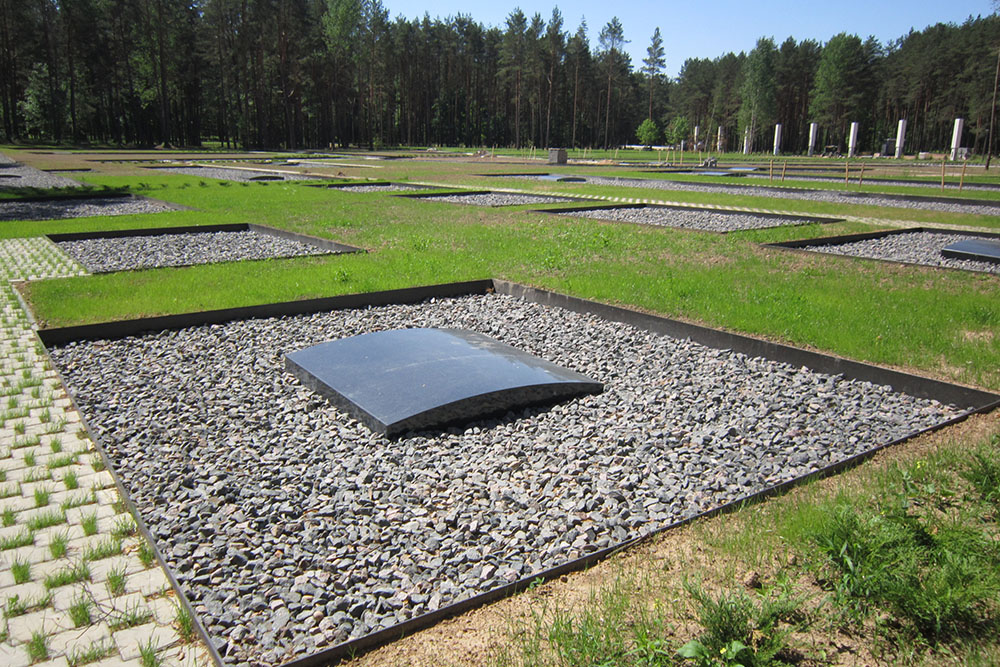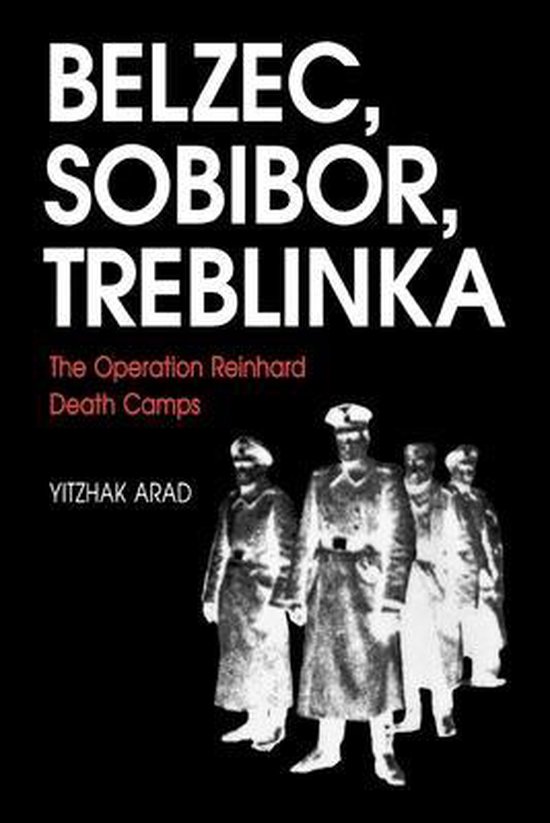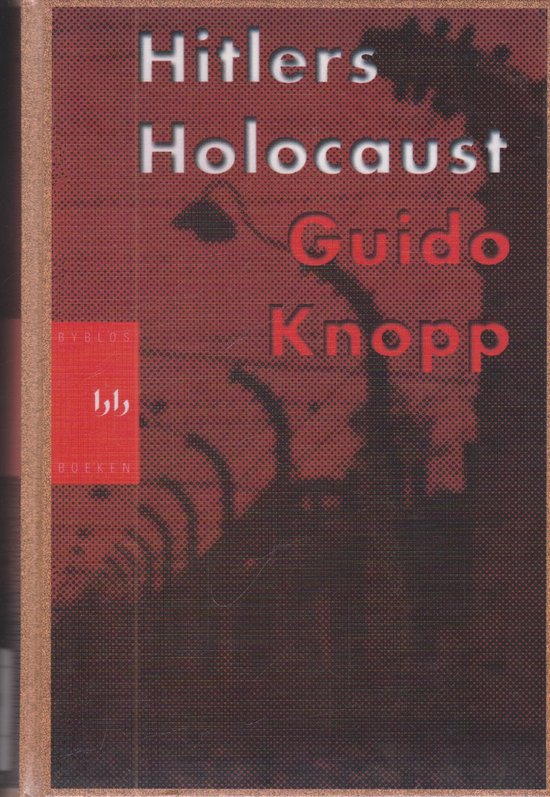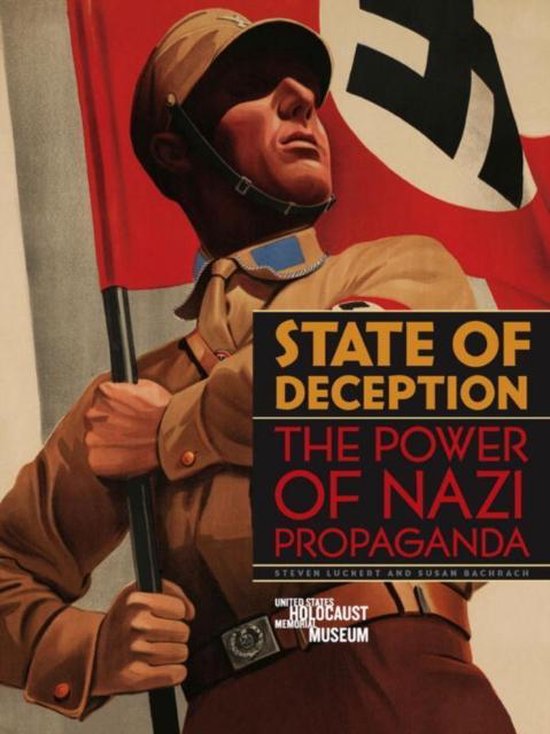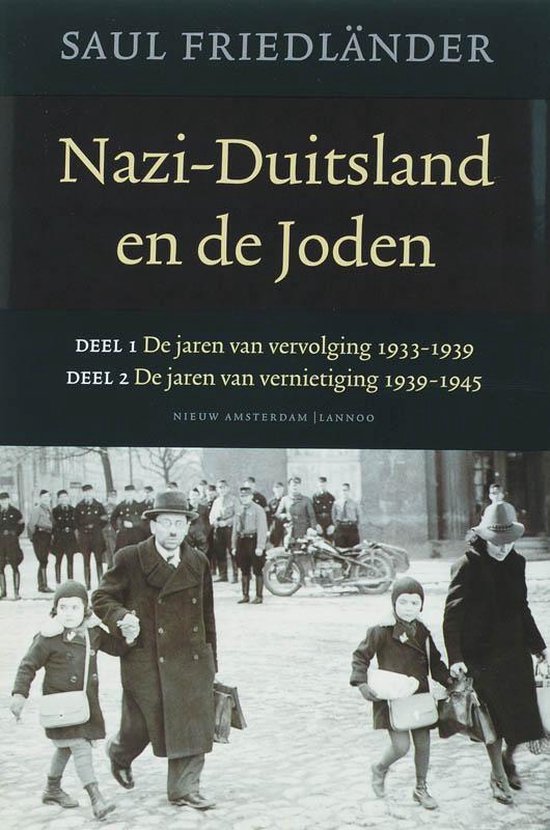Mass Graves Blagowschtschina Forest
The Blagowschtschina Forest, southeast of Minsk, was the site of large-scale Nazi executions between 1942 and 1944. Between May and October 1942, 16 transports of Jews arrived in Minsk from Austria, the Czech Republic, and Germany, where they were murdered. Each transport contained approximately 1,000 people. Some were selected for forced labor in Maly Trostenets, but most were shot shortly after arrival. In addition to foreign victims, Jews from the Minsk ghetto, prisoners from local prisons, resistance fighters and partisans, and other victims from the surrounding area were also murdered here.
This extermination site was closely linked to the nearby Maly Trostenets forced labor camp. Most victims, primarily from Western Europe, were transported directly to the forest by train and shot there without entering the camp. However, their belongings were taken to the camp and sorted by prisoners. Between late October and mid-December 1943, Sonderkommando 1005-Mitte was stationed in Maly Trostenets. Russian prisoners from Minsk were forced to exhume bodies buried in the Blagowschtschina Forest, which were then burned to erase traces of Nazi crimes. The ashes and human remains were reburied in the forest. The prisoners assigned to this task were subsequently murdered.
After the arrival of the Red Army in July 1944, 34 mass graves containing ashes and human remains were discovered. The combined number of victims from Maly Trostenets and the Blagowschtschina Forest extermination site is estimated at 60,000.
The current monument was dedicated in 2018.
Do you have more information about this location? Inform us!
Source
- Text: Patrick Schellen
- Photos: Homoatrox
- A.-L.C. Bobeldijk - Entangled narratives of terror:Maly Trostenets and Blagovshchina forest in history and memory, 1937-2022
- GERLACH, CHRISTIAN, Kalkulierte Morde, Hamburger Edition, Hamburg, 2000.
- RENTROP, PETRA, Tatorte der "Endlösung", Metropol Verlag, Berlin, 2011.
- STIFTUNG DENKMAL FüR DIE ERMORDETEN JUDEN EUROPAS, Vernichtungsort Malyj Trostenez, Stiftung Denkmal für die ermordeten Juden Europas, Berlin, 2016.
